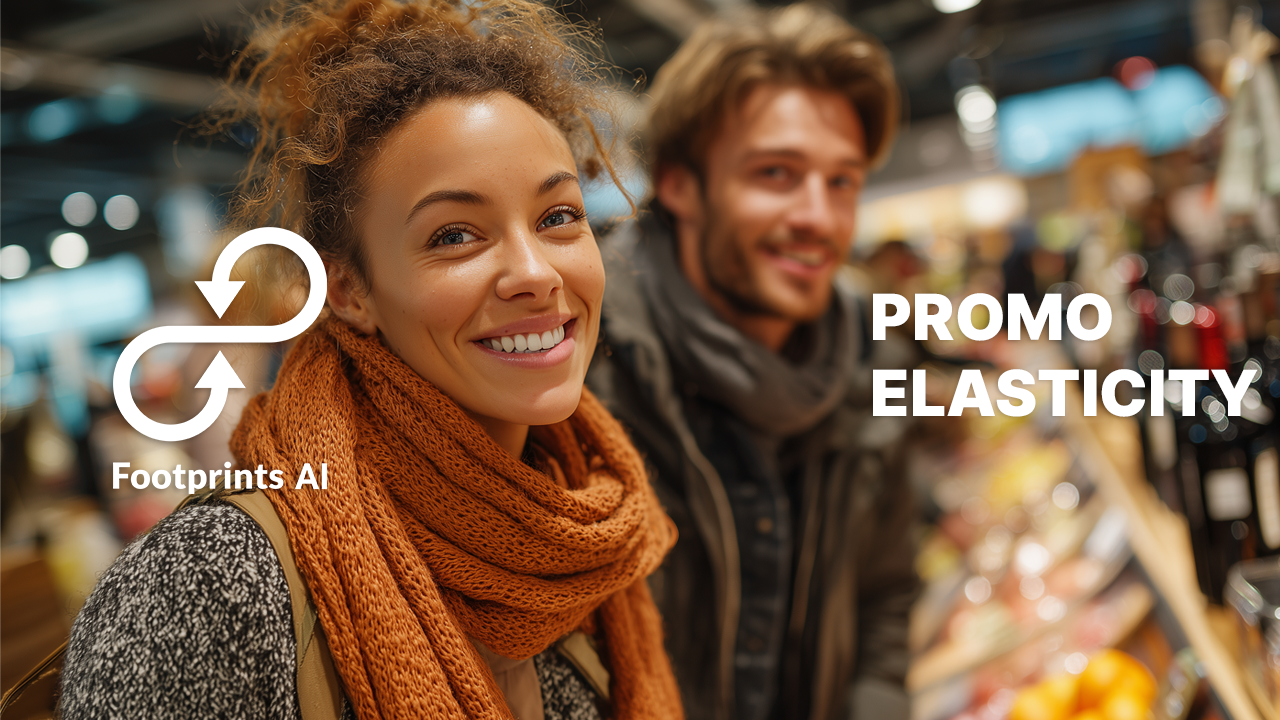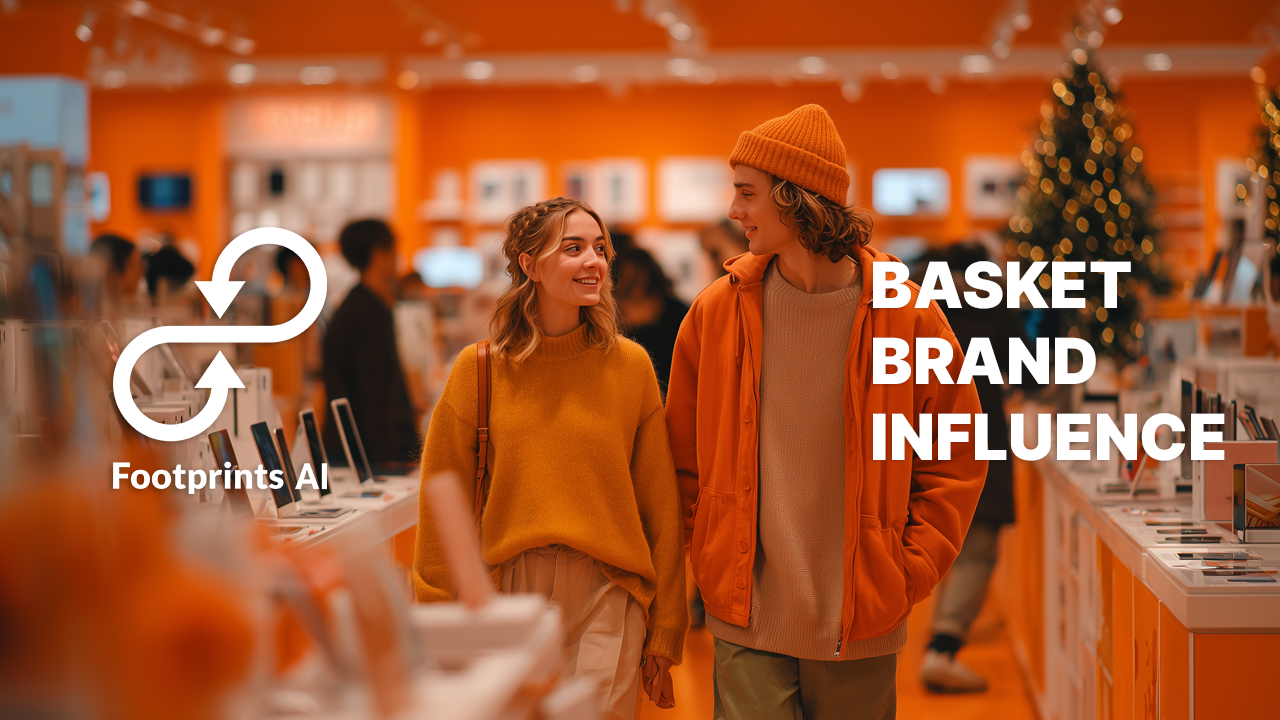How to Tell If Your Promotions Actually Work
Most promotions feel good, but lose money.
Every brand loves a sales spike. Especially at the end of the year, when everyone’s chasing for any last-minute chance to hit their targets. But not every spike means success.
You drop the price, volume goes up, everyone celebrates. Except: margins collapse, loyal buyers stockpile, and after the promo ends, sales fall below baseline, good purchase habits are ruined and instant price gratifications take place.
It’s not growth. It’s a sugar rush.
That’s why Promo Elasticity matters. It separates real uplift from illusion.
What Promo Elasticity means
Promo Elasticity measures how sensitive shoppers are to price changes. It answers one question: If I discount, how much extra do I sell?
Formula: % change in sales volume ÷ % change in price
Example:
- Regular price: €1.00 → weekly sales = 1,000 units
- Promo price: €0.80 (–20%) → sales = 1,600 units (+60%)
- Elasticity = 60 ÷ 20 = 3.0
This means every 1% discount drove 3% more sales. A strong response.
But if the number is below 1, you sold more but lost more. Weak elasticity, poor promo.
Why it matters
Elasticity shows the quality of shopper response, not just the quantity.
- High elasticity = promo triggers incremental demand
- Low elasticity = promo shifts purchases in time or cannibalizes other SKUs
In short, it’s not about volume, it’s about efficiency.
How Footprints AI changes the game for Promo Elasticity
Traditional promo analysis looks backward: what happened after the discount. We look forward.
By connecting elasticity to life stages, missions, and behavioral profiles, we can predict:
- Which shoppers will respond to which discount
- When and where they’ll do it
- How media exposure amplifies promo effect
It turns promotions from a gamble into a calibrated investment.
Imagine knowing that “Young Families” on a “Stock-up” mission respond 2.5× stronger to a 15% cereal discount on Fridays. That’s precision retail strategy precisely targeted to the right audience, at the right moment, on the right channel, with the right offer.
The new rule of promotions
Don’t chase volume. Chase responsiveness.
Because when you understand elasticity, you don’t just run promotions, you orchestrate them.
Footprints AI can predict when a discount becomes a decision trigger at shopper level.






